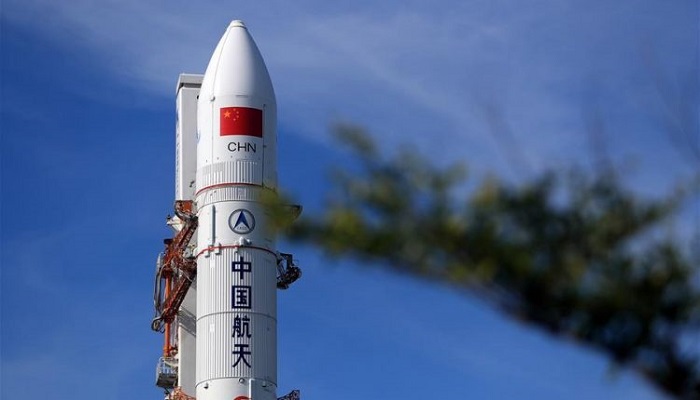
China’s attempt to launch its second heavy-lift carrier rocket ‘Long March-5 Y2’ today failed after abnormity was detected during the flight, official media reported.
Abnormity was detected during the flight of the rocket, which blasted off at 7:23 pm (local time) from Wenchang Space Launch Center in southern province of Hainan, state-run Xinhua news agency reported.
The launch is the last test for the Long March-5 series before its mission to send the Chang’e-5 lunar probe into space in the latter half of this year, which will return with samples.
With a weight of 7.5 tonnes, Shijian-18 is China’s latest technology experiment satellite and the heaviest satellite China has ever launched into space.
It will test China’s new Dongfanghong-5 (DFH-5) satellite platform and carry out in-orbit experiments, including Q/V band satellite communication, satellite-ground laser communication technologies and an advanced Hull electric propulsion system.
The Long March-5 made its maiden flight in November 2016 from Wenchang. It can carry a payload of 25 tonnes into low Earth orbit and 14 tonnes in geostationary orbit, over twice the capacity of previous Long March models.
The rocket uses environmentally friendly fuel, including kerosene, liquid hydrogen, and liquid oxygen, rather than highly-toxic propellants.

Post Your Comments